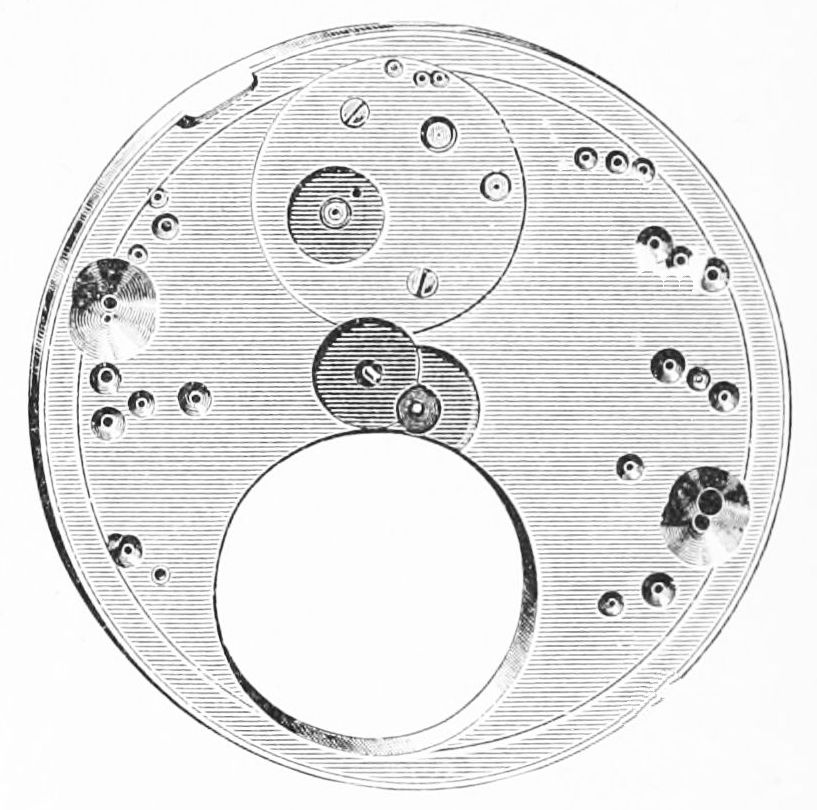Yeah but the watch hand length isn't parametric. It's preferential. Parametric is "there's this much torque from the main barrel, reduce material until only the necessary structure withstands the force on the jewel holes: Autodesk's archetypal example - the one that's at all the trade shows - is the motorcycle swing arm: 
I might very well have my terms mixed up - I'm by no means well-versed in this type of engineering. (Yet?) My understanding of parametric is that it is a relational method of design; thing A's size depends on thing B. It can be made much more complex than that, and it can be types of "inputs A should lead to shapes B constrained by strenght model C and solution space D", but fundamentally it's about the relationships between design elements. Could've made that clearer, I suppose, or I'm missing something. Generative design as I have dabbled with is "given input parameters A that each can vary this amount, and given model B that takes these parameters and generates a design, measure set of result-based KPIs C and iterate over A to optimize C."
In mechanics, you're talking about parametric design; Solidworks and Fusion will do it all day long. "The distance from A to B is 1/2 the distance from B to C." Move C, A will move. Those interdependencies allow you to change things up pretty easily if you set your model up right. Generative design in mechanics runs exactly as you describe, but the goals are different: "Given torsion forces A, B and C, compressive forces D, E and F, shear G H and I and clamping forces J and K, generate a continuous cross-section between pins Alpha-Beta and holes Gamma-Theta that minimizes the weight of the assembly. Presume a Young's Modulus of x, a shear modulus of y, a density of z and a factor of safety of five now GO." Things had to get computationally intensive to do this. you're goal-seeking through finite element analysis which, back when I had to do it, took ten minutes of server time on a DEC Alpha just to model a bike frame made of constant-diameter tube.
"just" if you're willing to invoke 3D printing in the manufacturing process somewhere, which as listed above, puts you in a pretty spectacularly weird regime at the moment. If you look at that second swing arm, it only exists if you can cast it off an algorithm. Yeah you could probably painstakingly shape it by hand but you're not going to because you don't have any good way to verify that you put stuff in the right place and the weight savings are probably not entirely worth bothering with (I mean, a tire is going to weigh more than what you're saving there). However, as soon as your construction method becomes "make it thicker in one direction by fractions of a mm" it starts to make sense.

